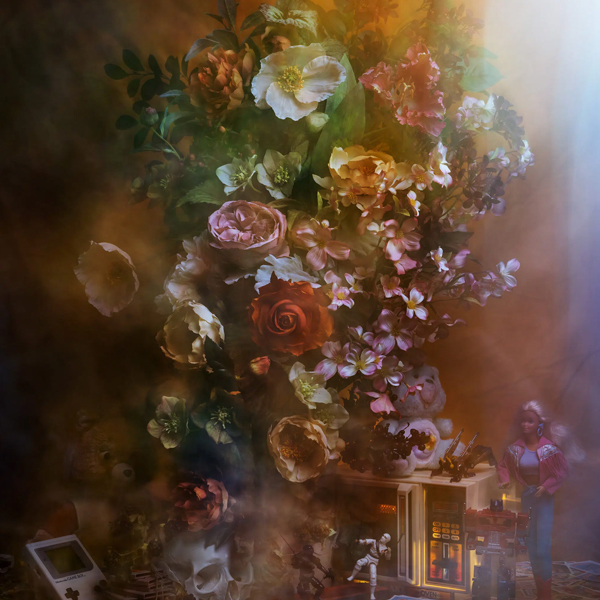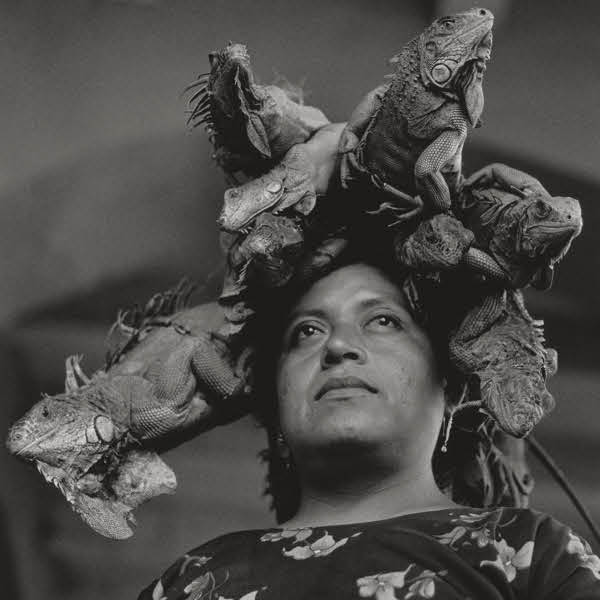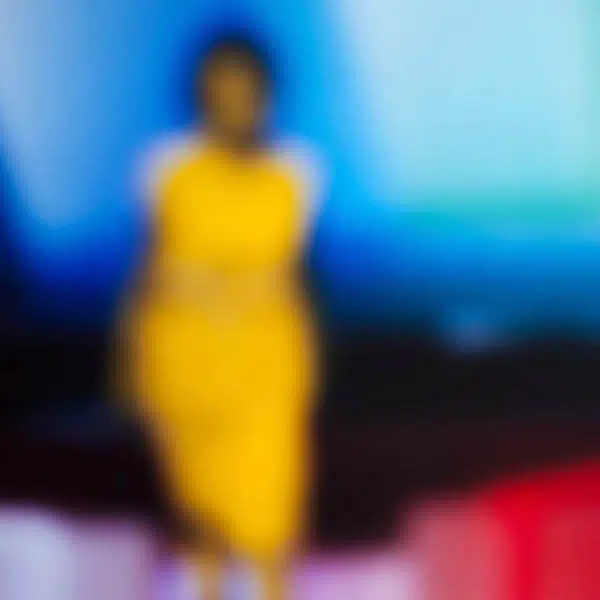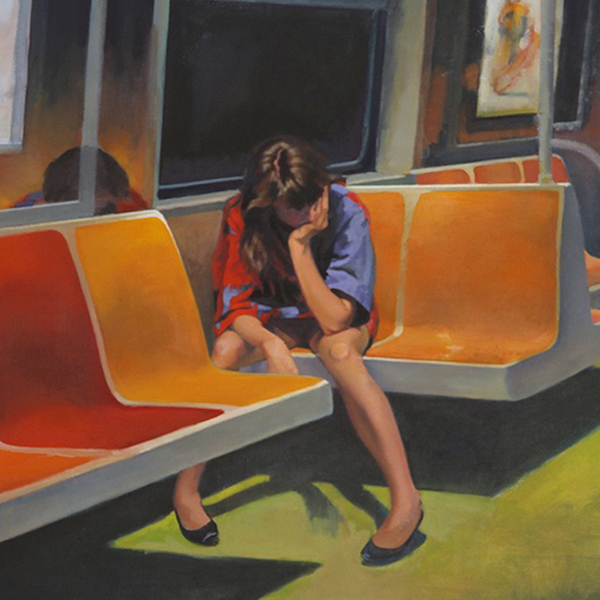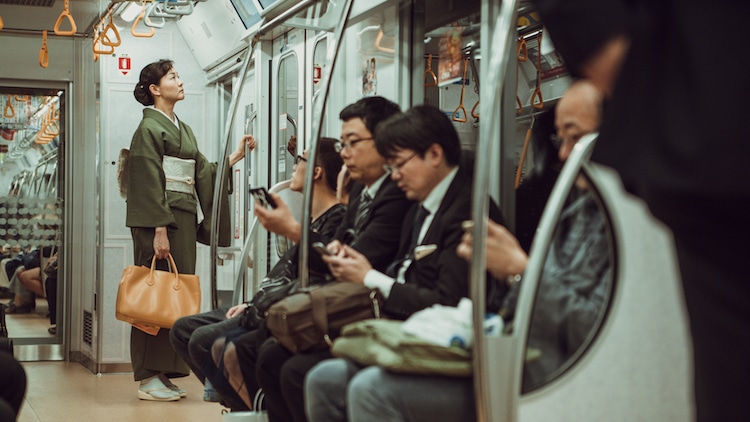
Dutch cinematographer and photographer Stijn Hoekstra recently traveled to Tokyo, where he captured Japan's capital from a cinematic perspective. With muted tones and unexpected compositions, his photographs reveal a Tokyo far from the neon-soaked snaps that typically exemplify the city.
Having studied cinematography, spending time as a camera assistant on both big budget and independent films after graduation, Hoekstra fell into photography after shooting behind-the-scenes images as gifts for the crew. This blossomed into a parallel career shooting commercial and corporate projects. But, in his spare time, street photography is a creative outlet that allows him to stretch himself as an artist.
We spoke with Hoekstra about his recent stint in Tokyo, how his work in film feeds his photography, and how to bring that cinematic quality to your own photographs. Read on for our exclusive interview.

Can you tell us a bit about your photography background?
I never studied as a photographer but because of some contacts from corporate video productions, I was asked to do some photography. They liked what I did and they kept asking me for following shoots. I also started assisting photographers at that time, because I wanted to know more about being on the set as a photographer. Nowadays I shoot many commercial and corporate projects but it's the street photography where I really get to do my own thing.
How does your work as a cinematographer influence your photography?
I think that my background as a cinematographer influences my photography in a way that I always try to capture the essential moment in a unique framing and lighting. The color correction is also a big part of the process.
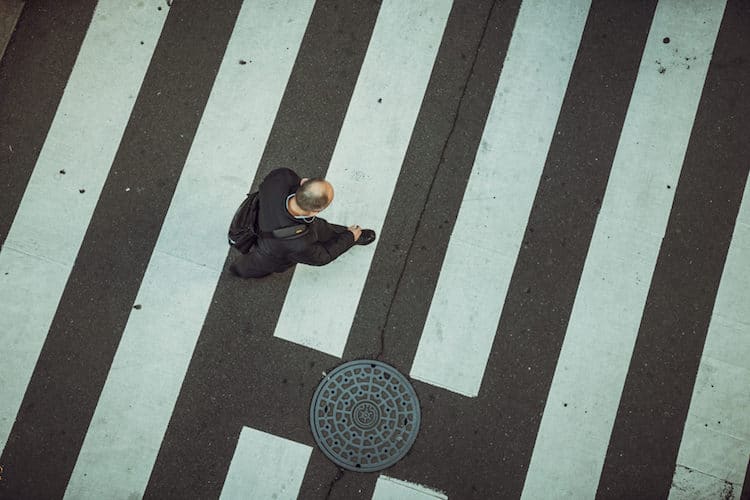
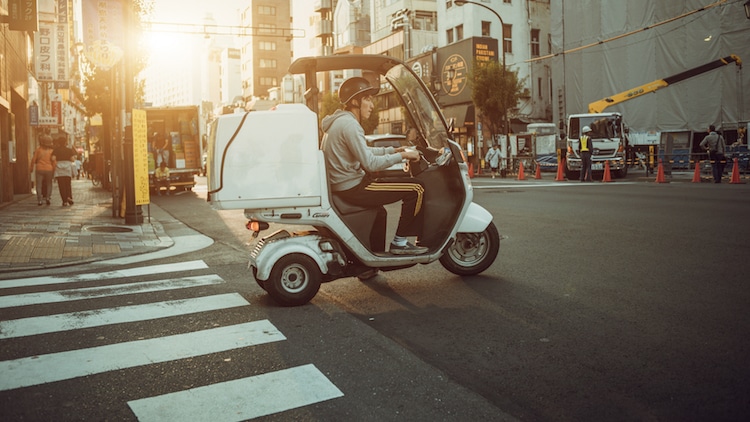
What aspects of the city were you looking to capture with your Tokyo series?
I didn't really plan anything when I knew I was going to spend some time in Tokyo. I did search the web for some interesting locations but I always try to stay clear of the tourist spots. The thing I wanted to capture was the city and its inhabitants.
I love seeing an empty street with just one subject, preferably a human—that was a hard thing to find in a city like Tokyo. A lot of my photography consists of strong light from the sun and hard shadows. Unfortunately, there were only a few moments the sun showed itself so I had to deal with cloudy skies and even some rain. But still, the city has so many interesting parts in which you can wander endlessly.
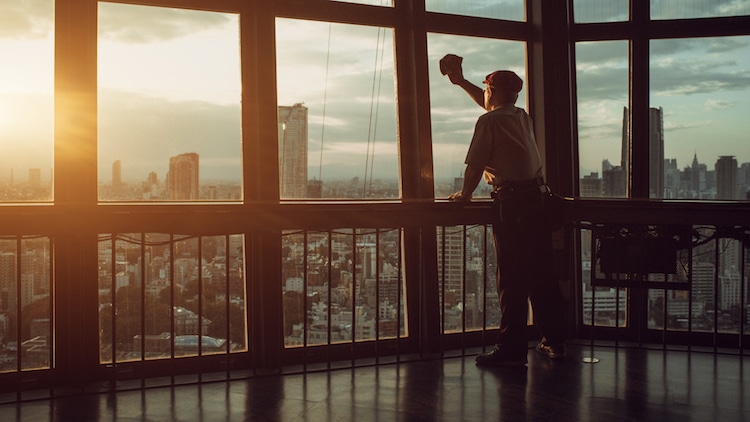
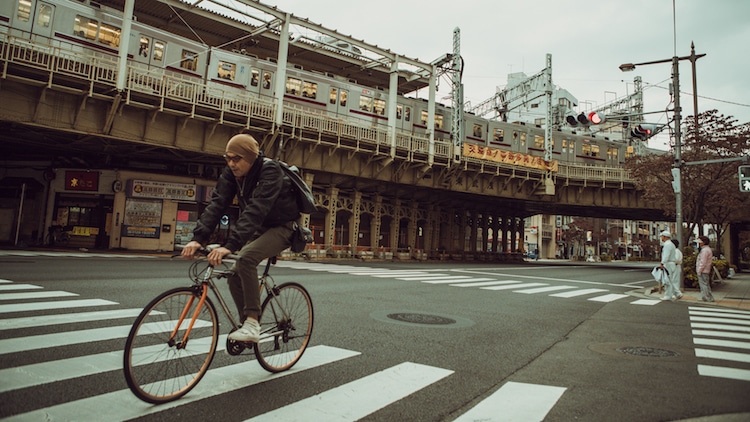
In your opinion, how do photography and cinema differ in terms of storytelling?
With cinema, you have a lot more frames to tell a story, with photography you only have one frame. Everything has to be right to tell the story, I think that's the biggest challenge. On the other hand, having just one frame in photography, viewer get to create their own story, which in my opinion is a great asset.
Was there anything that surprised you during your time in Tokyo?
Tokyo has been one big surprise, it's so different from any other city I visited. They have such strong manners, the streets are spotless and you only have the noise of traffic. They are very polite and mind their own business.
You were in Tokyo to shoot a piece about master florist Azuma Makoto. Can you tell us more about the project?
Yes, I was shooting for a Dutch production company named HotelRebel. We didn't know what to expect because the culture is so different compared to the European culture. But the crew of Azuma Makoto was great—the whole ice sculpture, with flowers in it for which they are very famous, they had it made for us. So, we were able to shoot the whole process, which was a wonderful thing. But I think the best thing about shooting in a different country is that you get to see how they live, and how they work, and you don't get to be just the tourist visiting.
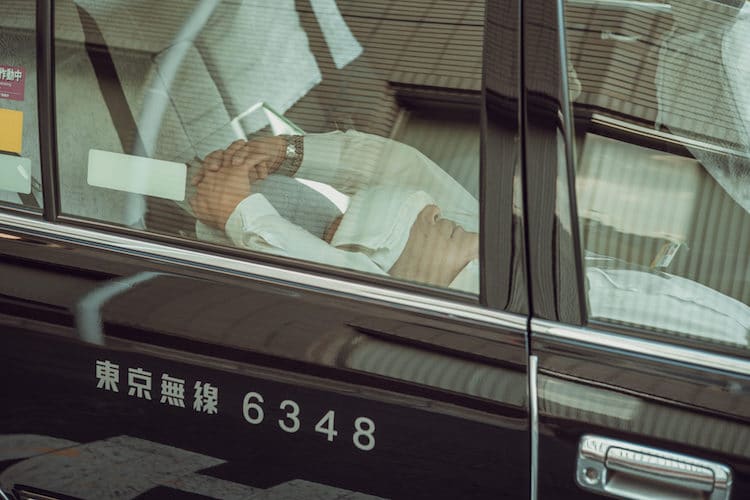
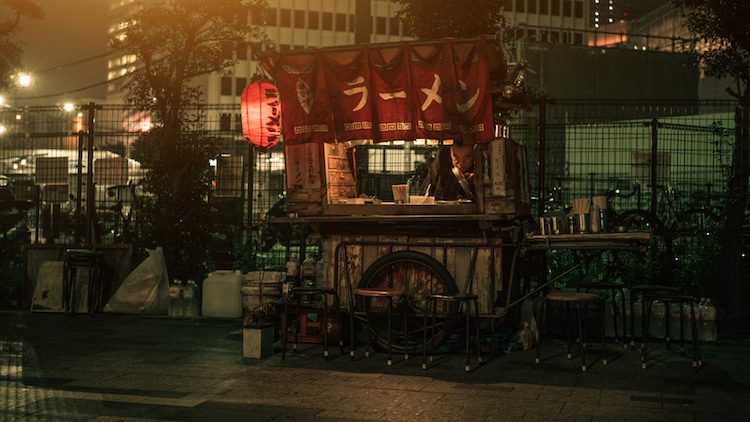
Why does going out and photographing with your spare time in between shoots do for you creatively?
I love going out on the streets and just stumbling into the whole culture. When I'm in a city I always set my alarm just a bit before the sun gets up to catch the first light. This is when the streets are, most of the time, still empty and the sun gives a beautiful light across the city. I'm the happiest person alive when the light is just right and everything comes together—architecture, great light, and a subject. It trains my eyes and I never get enough of it—it's like an addiction.
Some people love to shop or go to the beach, I love to get up early and stroll the streets.
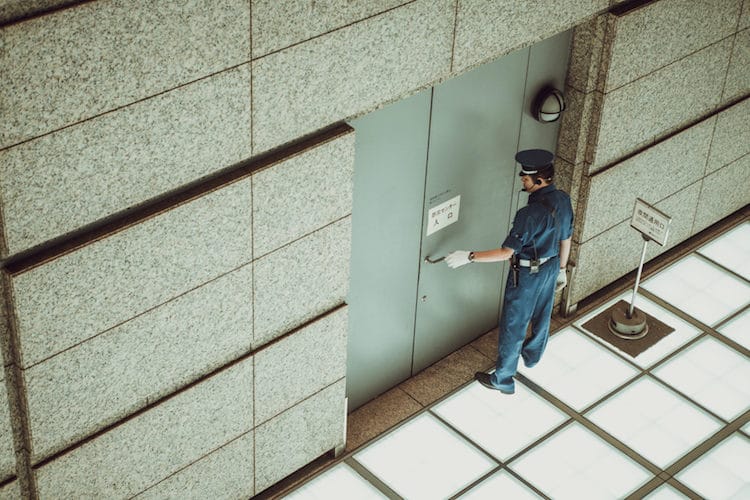
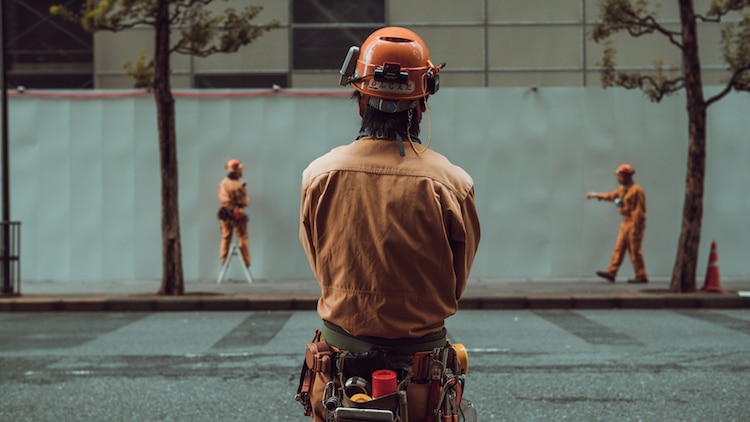
What equipment do you shoot with?
The biggest part of my street photography was shot on just my Fuji x100, it only has a prime wide angle lens but it gives great quality. The Tokyo series I did a lot on that Fuji camera, but I also used the Sony A7rII
which I just bought because of my commercial photography.
I love the wide angle lenses because you can capture so much, the 28mm and 35mm are my favorite lenses.
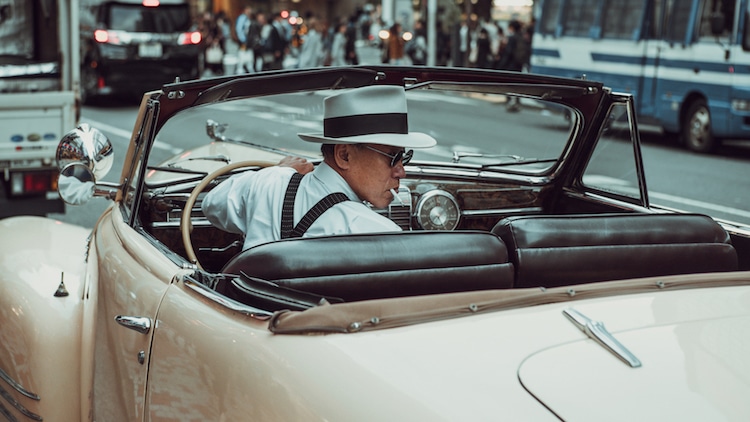

What are your suggestions for photographers looking to get a “cinematic” feel in their images?
You need to be very patient, if I see a nice corner or frame I wait just as long as it takes to get the right subject in that particular frame. That means that sometimes I have to wait, it could be only a few minutes but sometimes 30 minutes or more.
And, of course, you need a bit of luck. In my street photography, I never adjust anything to get what I want, that's the luxury that I get with commercial photography but in my opinion, doesn't work with street photography.
After a day of photography, I edit the pictures on my computer in Lightroom, which is a great editing software. I rarely crop an image, and I never edit it in Photoshop. But the color grading is a big part of getting the cinematic feeling. I love it when the blacks turn black and the shadows and highlights have their own color.
I made a lot of presets over the years, but I still love to take my time to give an individual look to a photo. I get asked a lot to share my editing or presets but every picture is different.
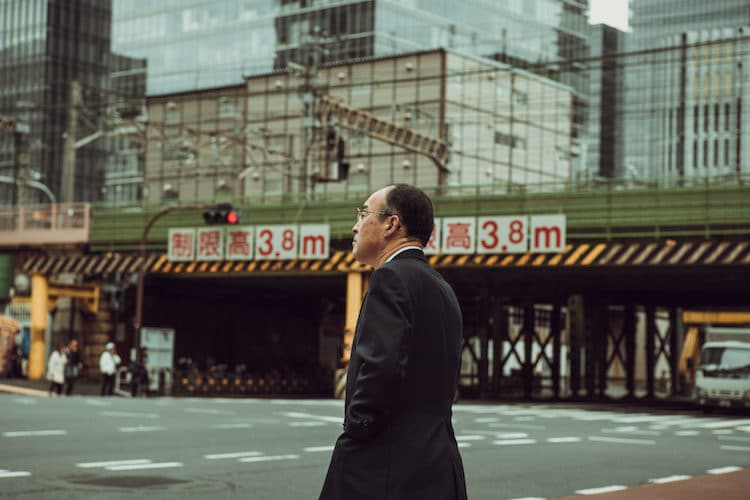
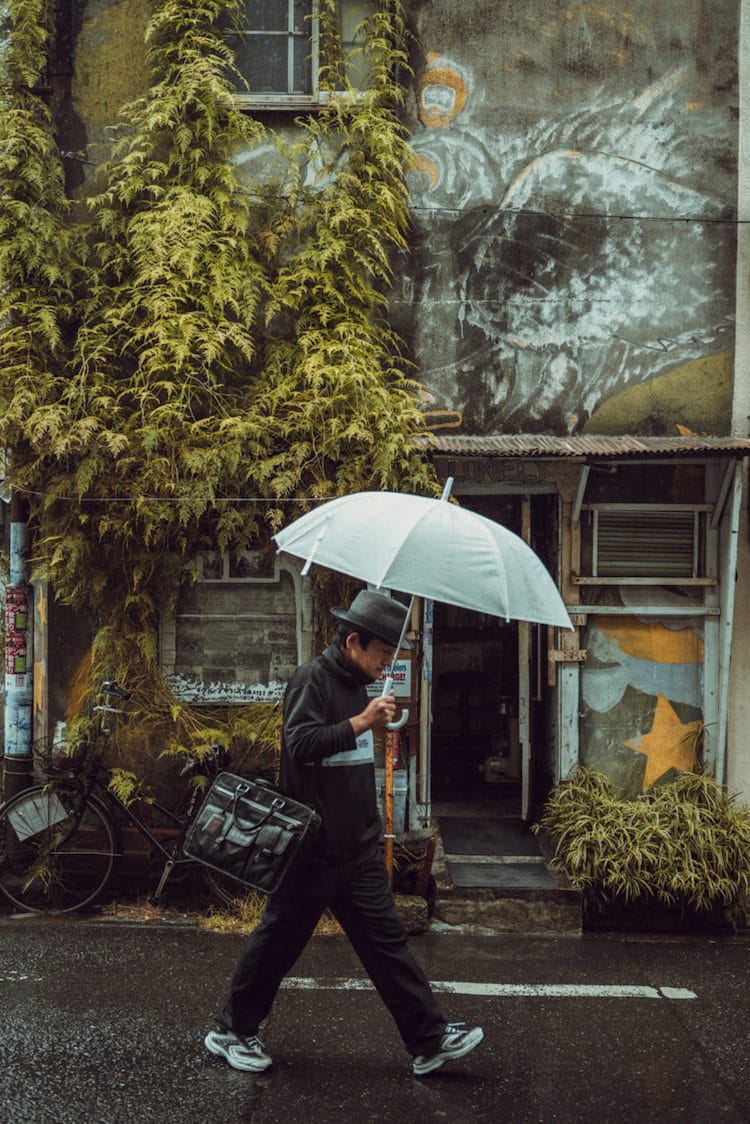
Any new and upcoming projects we should look for?
Currently, I'm visiting Cuba for three weeks and I already took some great shots. The island is the best country for taking pictures, Havana is just one big movie set in which you don't have to wait a long time to get everything right in your frame. The old cars and the beautiful old building are so great for taking pictures.
The other cities I visited and plan to visit are also beautiful. The light in the morning and evening is everything you want as a photographer. On this trip, I also forced myself into taking portrait shots of the people, which I didn't do as much before. The people are so kind and wonderful that it is hard not to take their picture.
After my three weeks in Cuba, I will visit New York to get some more pictures. I'm really looking forward capturing the city that never sleeps in my own way. And it will give a great contrast with the pictures I took in Cuba. The equipment I used on this trip is mainly my Sony A7rII combined with M42 lenses. I bought a nice 28mm and a 55mm for portraits. The only downside is that you have to focus manually and therefore you sometimes miss the right focus. But I love the look and feel of these old lenses and the bokeh is great. The other great part is that the camera is still very small, you don't get noticed very quickly.

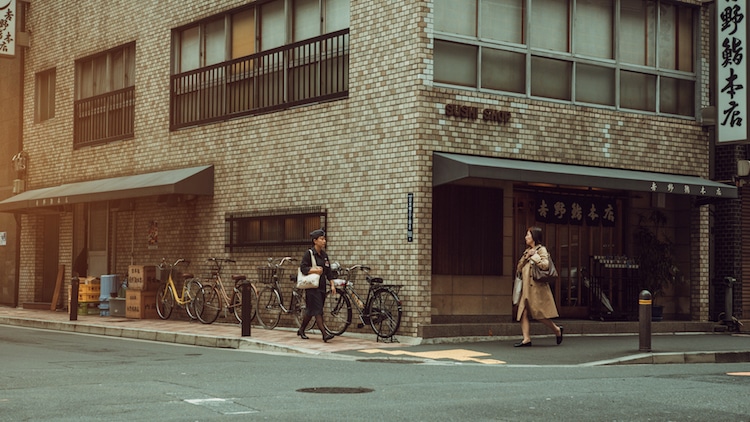
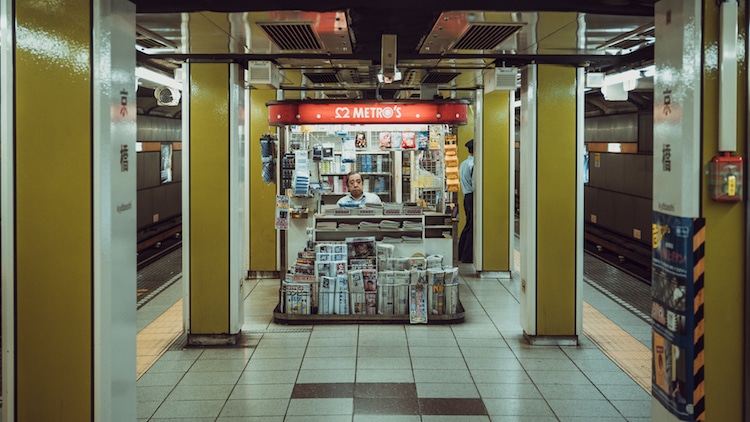
Stijn Hoekstra: Website | Instagram | Vimeo












































































